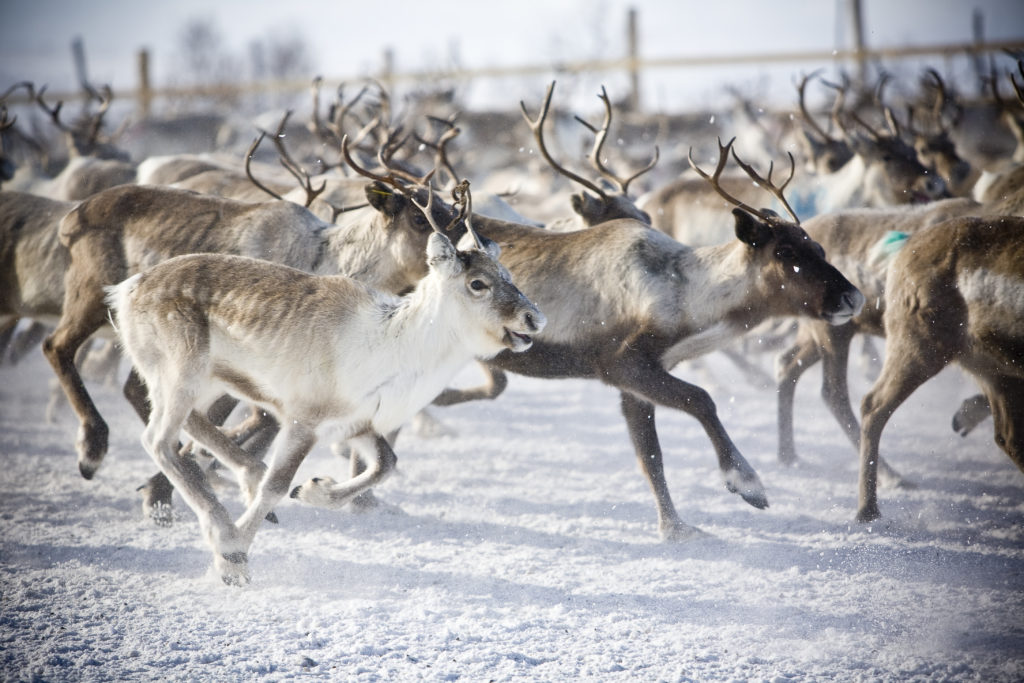Finland’s four diverse tourism regions have something for everyone

Finland is not just one destination – it’s a country of four distinct regions, each shaped by geography, culture, and traditions, and offering their own unique experiences. For tourism professionals, recognising these differences is key for crafting travel offerings that attract international year-round visitors.
“A lot of people don’t realise how varied Finland’s geography is or just how rich the country is in terms of landscapes and cultural identities,” says Hanna Liappis, CEO of Taigawise, who collaborates with Visit Finland on sustainable tourism labelling.
To address this, Visit Finland has divided the country into four main tourism regions – Greater Helsinki, Lapland, Lakeland, and the Coast and Archipelago region. This regional division provides a strong foundation for the development of tourism services and products, as well as the creation of compelling sub-brands. This is all with the goal of enhancing collaboration among industry players, boosting each region’s global appeal, and driving sustainable growth in visitor demand.
“You really do need a different approach and value proposition for each region,” Liappis says. “Because, what works for Lapland isn’t necessarily what will resonate in the Coastal and Archipelago region, and understanding those nuances could be crucial for long-term success.”
Greater Helsinki

The Greater Helsinki region includes not only the Helsinki metropolitan area but also other cities and areas stretching from Raseborg to Sipoo and Hämeenlinna. This region brings together the urban energy of a metropolis, the picturesque charm of small towns, and outdoor recreation opportunities in natural surroundings.
Visitors can enjoy excellent cuisine, culture, design, museums, and architectural icons, all within easy reach of fantastic outdoor activities. The Baltic Sea, with its coastal and archipelago areas, is accessible year-round.
The cities in the region are committed to sustainability in all aspects of their operations, offering services and products that adhere to the principles of sustainable tourism. Greater Helsinki also serves as a gateway to the rest of Finland, providing convenient routes for exploring the country more broadly.
Lakeland

Lakeland is Europe’s largest lake district and the heart of the northern nation. This vast blue labyrinth seamlessly blends modern cities, pristine lakes, rivers, and canals with lush forests and rolling ridges. Finland boasts 188,000 lakes, the majority of which are located in Lakeland. There is hardly a more quintessentially Finnish sight than a lakeside sauna, nestled among birch trees on the shore of a tranquil blue lake.
Nature is not only an essential part of the national identity but also a source of well-being for millions of Finns. Lakeland is a vibrant cultural hub, where both body and mind can find relaxation.
Coast and Archipelago

Finland’s coastline is home to the world’s largest archipelago, comprising over 50,000 islands. Lively coastal towns, a relaxed way of life, and a rich maritime heritage define this region. Visitors can explore charming villages, lighthouses, manor houses, stone churches, and national parks that stretch across both land and sea.
Finland has seven UNESCO World Heritage sites, five of which are located in the Coast and Archipelago region.
Lapland

Lapland’s wilderness offers the last true expanse of untouched nature in Europe—a mystical northern landscape where the water and air are among the purest in the world, and the Arctic scenery stretches as far as the eye can see.
Lapland is also a land of contrasts. Winter is a snow-filled wonderland illuminated by the northern lights, while summer is a celebration of light, with the midnight sun casting its glow across every hill and valley.
Above all, Lapland is an outdoor paradise, offering extraordinary settings for a wide range of experiences and activities. The region’s most famous inhabitants include Santa Claus and nearly 200,000 freely roaming reindeer.
Laurel Colless is a Finland-based sustainable business consultant and freelance journalist.